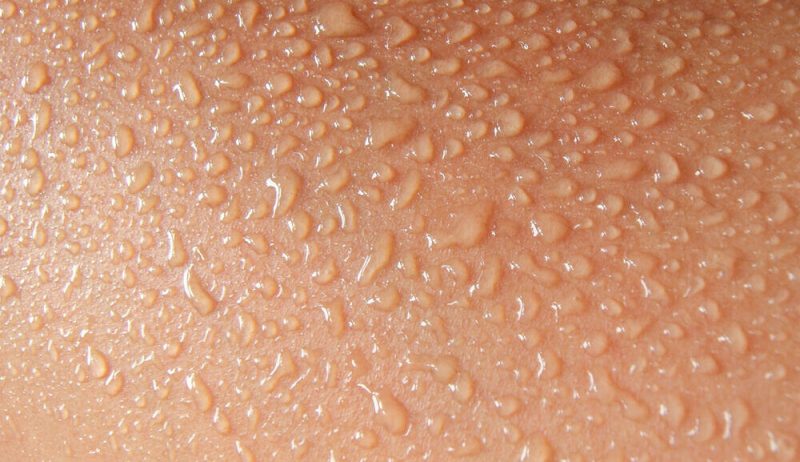Skin Absorption: Understanding the Body’s Gateway
Understanding skin absorption is crucial in comprehending how our bodies interact with the environment we live in. The skin, our largest organ, plays a significant role as a barrier between our internal systems and the external world. It acts as a shield against harmful substances, but it also possesses the ability to absorb certain compounds, offering a gateway for substances to enter our bodies. Let’s delve deeper into the fascinating process of skin absorption.
The skin is composed of multiple layers, each serving a specific function. The outermost layer, the stratum corneum, acts as the primary barrier that protects the body from external factors such as bacteria, chemicals, and UV radiation. Despite its protective role, the stratum corneum is not impermeable and allows for some substances to pass through via various mechanisms.
One of the key factors influencing skin absorption is the molecular size of the substance. Smaller molecules can penetrate the skin more easily than larger ones. Additionally, the lipid composition of the skin barrier plays a role in determining which substances can pass through. Lipophilic (fat-loving) substances have an easier time crossing the skin barrier compared to hydrophilic (water-loving) ones.
The route of penetration also affects skin absorption. There are three main routes through which substances can pass through the skin: transcellular, intercellular, and transappendageal. Transcellular refers to penetration through the cells of the stratum corneum, while intercellular involves passing through the gaps between the cells. Transappendageal absorption occurs through hair follicles, sweat glands, and sebaceous glands.
Skin absorption can be influenced by various factors, including the condition of the skin, the concentration of the substance applied, and the duration of contact. Damaged skin, such as cuts or abrasions, can facilitate greater absorption due to compromised barrier function. Conversely, healthy skin with intact barrier function provides better protection against external substances.
The type of substance being absorbed also affects skin absorption. Some substances, such as certain medications and chemicals, are designed to penetrate the skin for therapeutic or cosmetic purposes. However, excessive exposure to harmful substances through the skin can lead to adverse health effects.
It’s essential to be mindful of what we apply to our skin, as substances absorbed through the skin can eventually make their way into our bloodstream and affect our overall health. This awareness is especially crucial in the context of personal care products, cosmetics, and medications that come into direct contact with our skin on a daily basis.
In conclusion, skin absorption is a complex process influenced by various factors such as molecular size, lipid solubility, route of penetration, and skin condition. By understanding how skin absorption works, we can make informed choices about the products we use and minimize potential risks to our health. Our skin serves as a dynamic interface between our bodies and the external world, highlighting the importance of maintaining its health and integrity.

